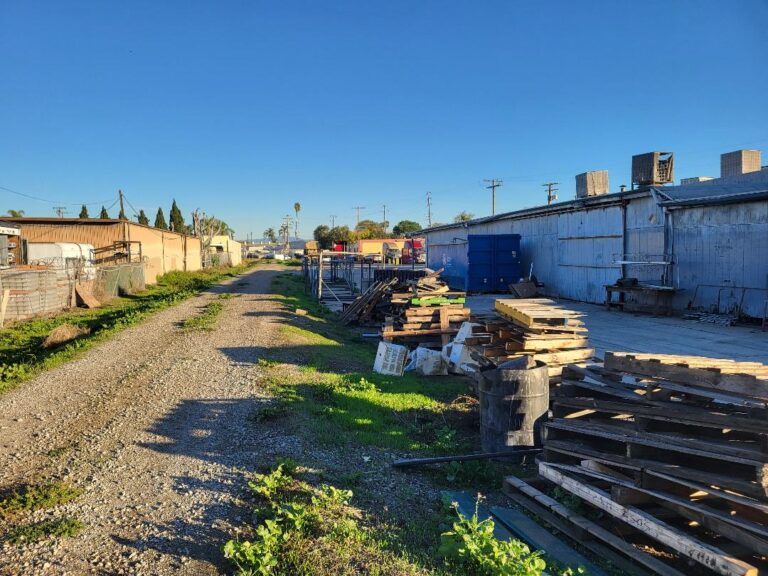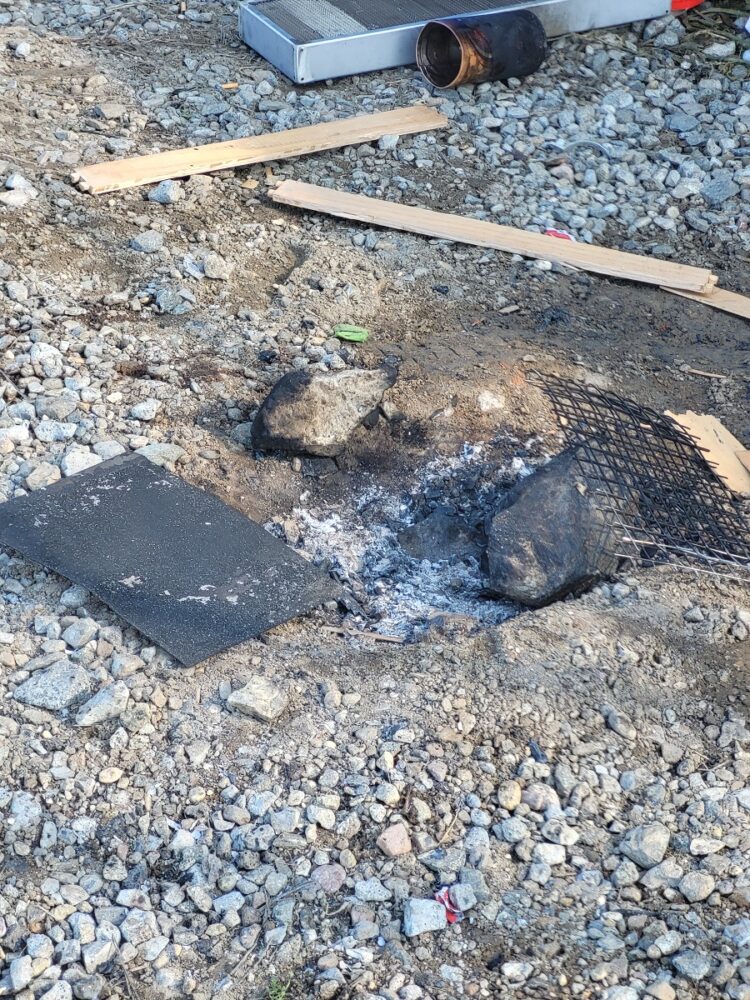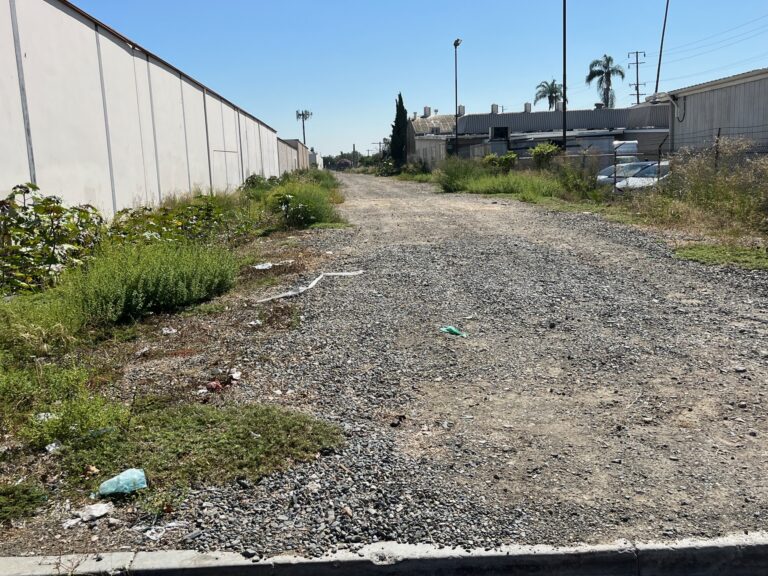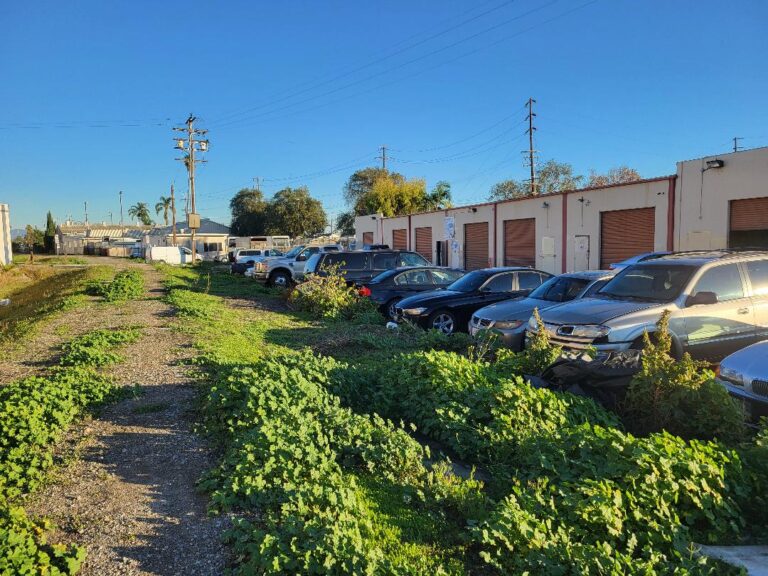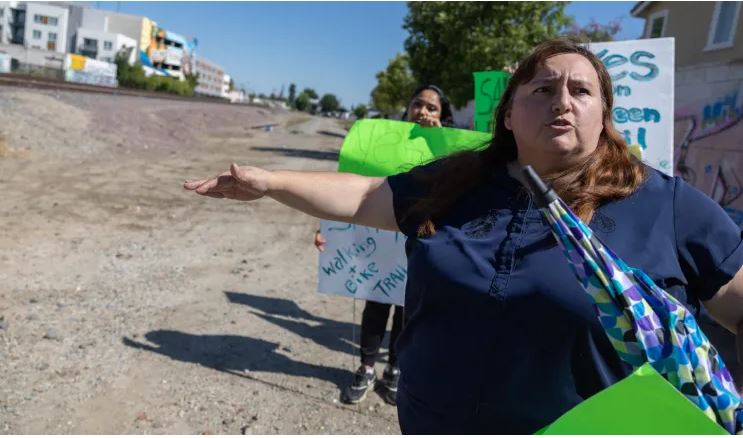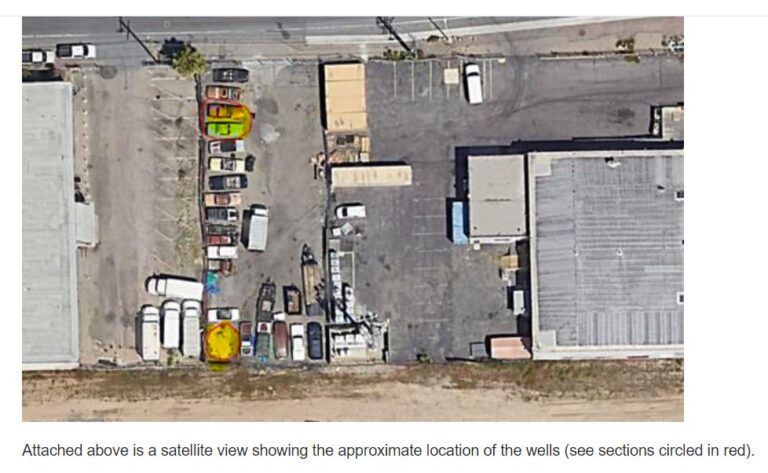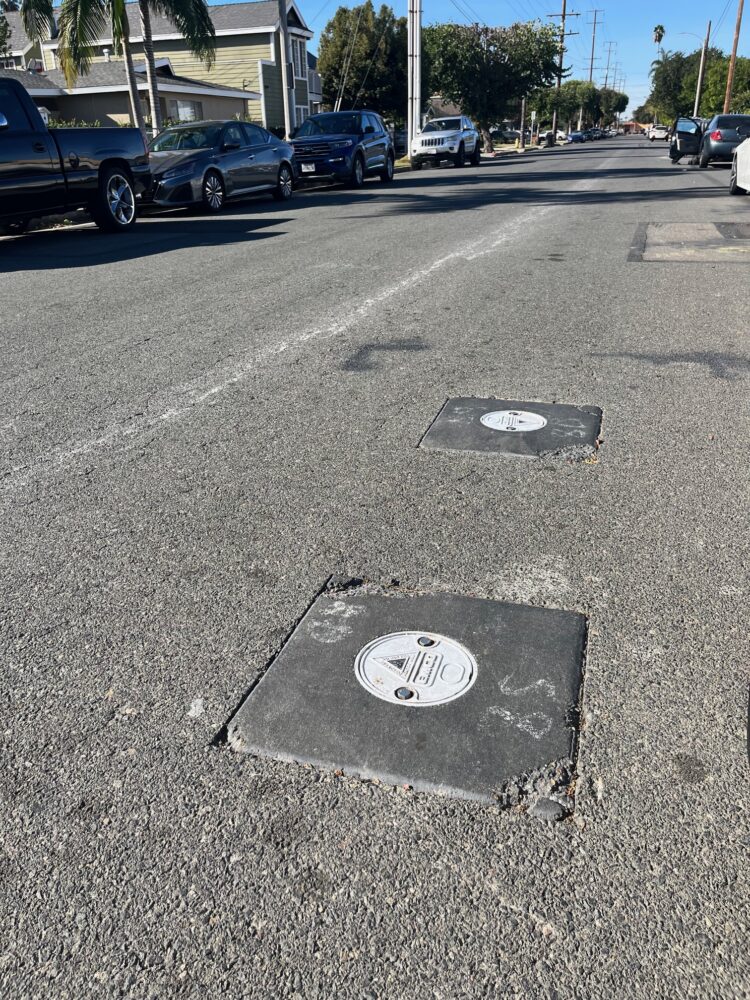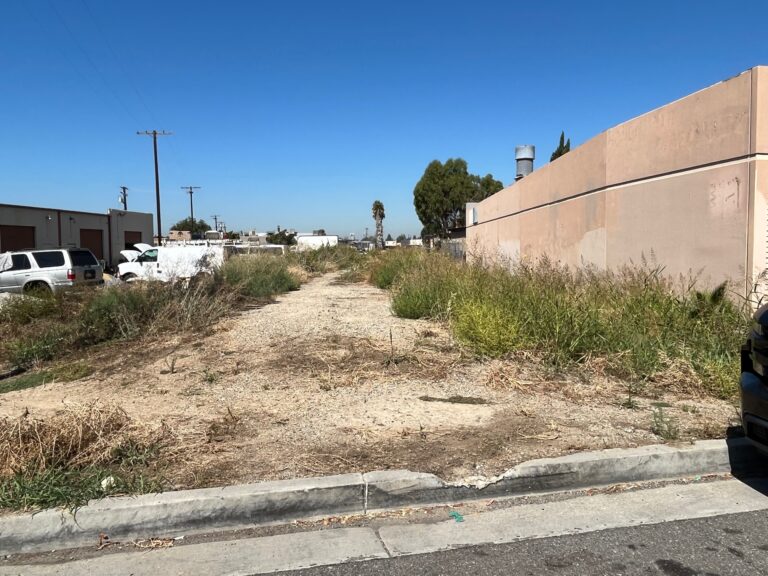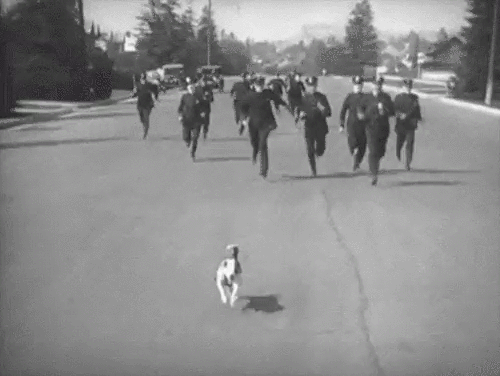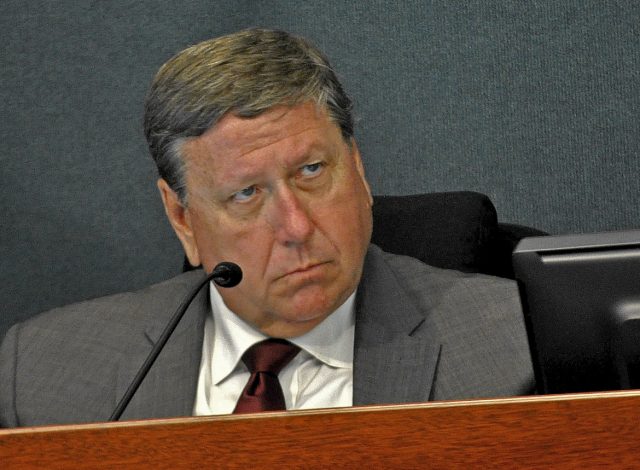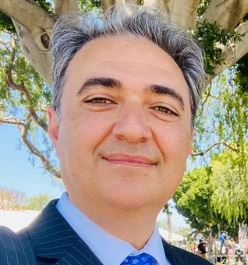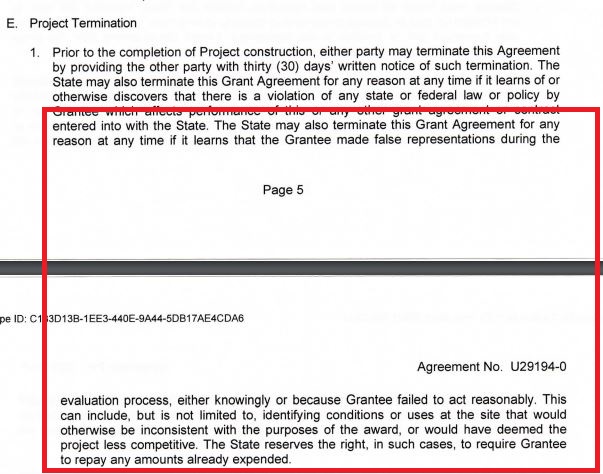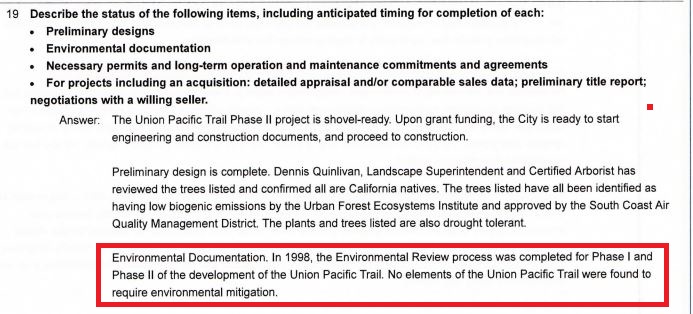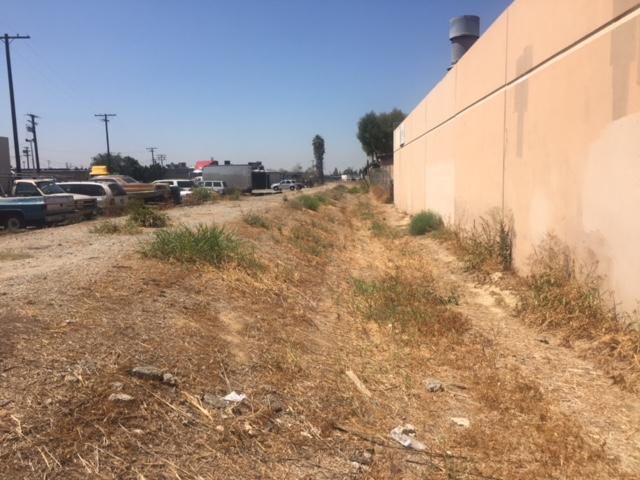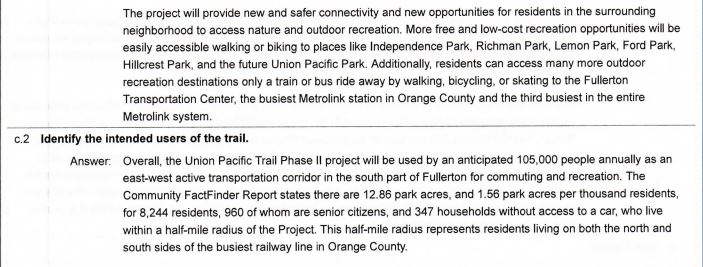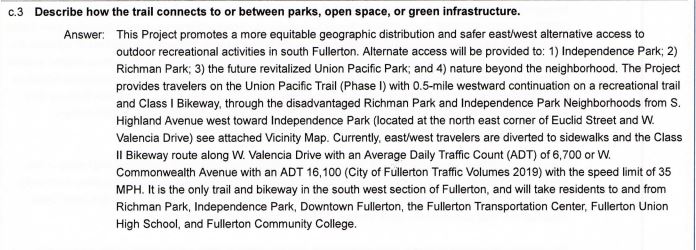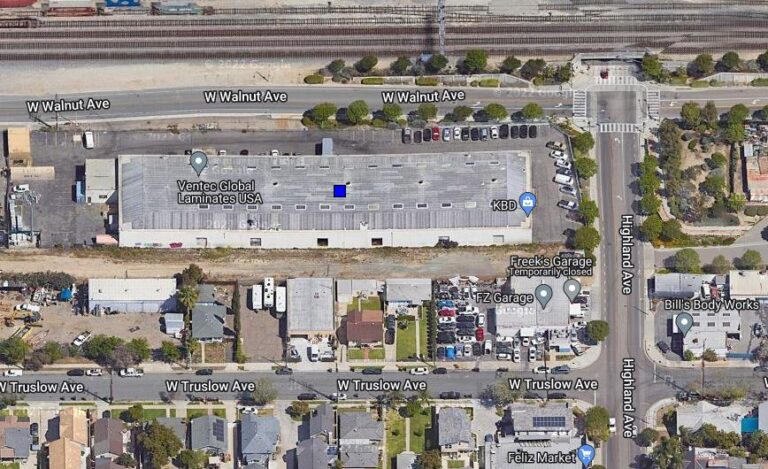A Friend just forwarded notice that something called South Fullerton Community is holding a “recognition” celebration this Saturday. The cause? Recognizing “community leaders” for succeeding in pestering, insulting and generally annoying Councilmembers Dunlap, Jung, and Whitaker until the latter finally caved in and approved the $1.7 million State grant to build a recreation trail through the middle of the worst industrially blighted, drug-riddled and gang infested strip in Orange County.
Hubris doesn’t seem to be something the South Fullerton Community folk worry about.
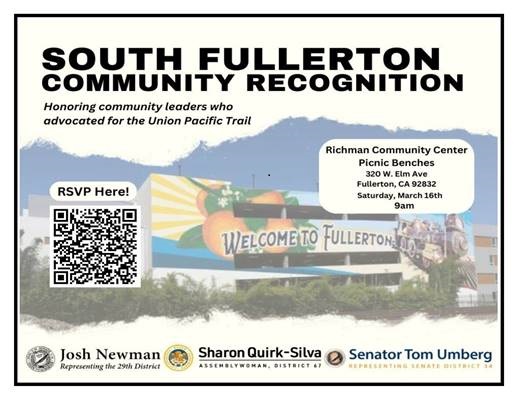
Of course this unheard of group was obviously created by and exists solely as a prop for Councilman Ahmad Zahra. Ironically, they won’t be holding their victory party anywhere near the site of the Trail to Nowhere. That would be a bummer for the celebration.
The announcement says that Assemblywoman Sharon Quirk Silva will be there to recognize the achievement, which makes sense because she doesn’t have any. Senator Josh Newman knows better than to bless this disaster-in-waiting by his presence; but maybe Gas Tax Josh doesn’t know better. This is the same guy who passed a regressive tax increase on his constituents the day before he left town for a Caribbean vacation.

And still the problems of the Trail to Nowhere appertain: a fraudulent grant application that omitted mention of contaminated soil and lied about the number of potential users; 10 active testing wells for trichlorethylene on the site; gang graffiti everywhere; homeless encampments; and of the cost of ongoing maintenance that no one has accounted for. Then there is the rosy, 5 year old budget that won’t get the deal done and will require additional money that could be used on other facilities.

Will any of the celebrants care about the true facts of the Trail to Nowhere? They haven’t so far. Will any of them stand up in a couple of years and apologize for the harebrained scheme? Of course not. All the people in charge of this mess know it as a fact that government has no rearview mirror and that mistakes may have been made (passive voice) but:
- Not enough money was spent.
- The people in charge have retired.
- Critical information was withheld by someone, possibly, but it was all a worthy gesture.
- It’s not a disaster it’s a victory!!
- Hindsight is 20/20.
Of course this being Fullerton the subject probably won’t come up at all, just as no one even bothers asking about the 20 year old embarrassment known as the Union Pacific Park.
I wonder if the party-givers have invited Messrs. Dunlap, Jung and Whitaker to their fete. They deserved to be recognized, too, and maybe even get a certificate of achievement.
